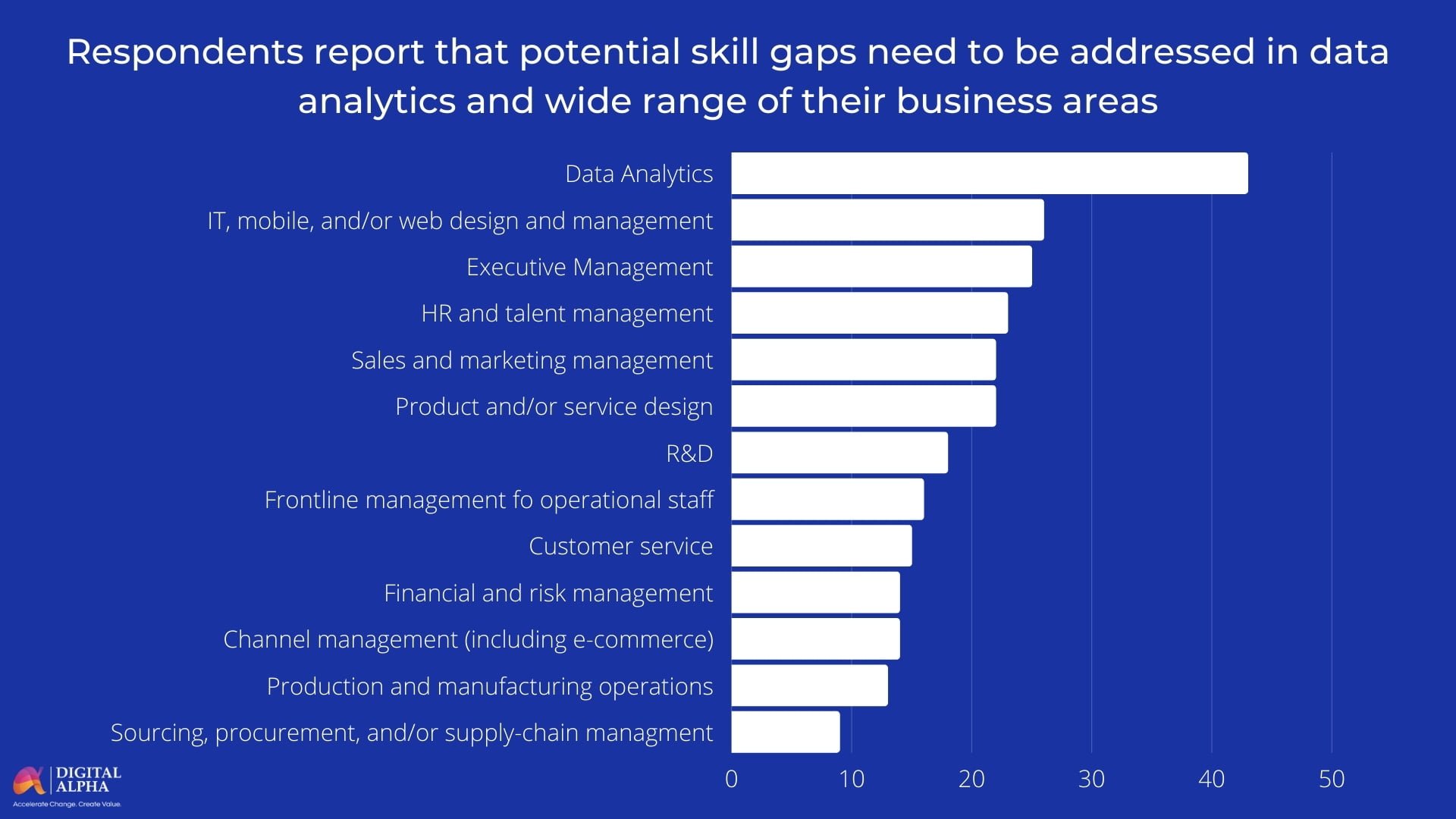We’re still catching up with the post-pandemic recovery. With the rise of a distributed workforce, leaders are striving to manage their teams virtually. While the concept of meetings and coaching prevails, the ways it will be cherished differ acutely.
The pandemic has had several phases and impacted different business verticals and executive tiers, including leadership. What’s more prominent is the need for a redesign of traditional administration during these changing times.
The Ubiquitous Presence of Skills Gap
As automation paces swiftly, many organizations are withering the storm and trying to restore to a healthy position. However, the side effects include the looming and growing skills gap in several sectors. Moreover, a recent Mckinsey survey concludes that nearly 375 million workers could change job titles in the next decade.
Best performers are already prepared for this situation and are actively designing reskilling programs for their employee cohorts. Others are developing niche strategies, including hiring or onboarding pilot programs. Further, companies have assessed that their topmost skill gap is in decision-making, leadership, and advanced data analysis.
Reskilling Programs – Demystified
Upskilling initiatives and digital transformation are prevalent across industries, especially financial services. The modern workplace demands employees like wealth professionals, commercial bankers, and insurance sales personnel to interact and take advantage of digital tools, platforms, and apps. Also, the leaders observe that these programs are fostering growth and continuous innovation and are plausible in filling the potential skills gap.

Top Business Areas Facing Skills Gaps (%)
Financial services can benefit by convincing executives regarding the outcomes of reskilling programs and by launching similar programs for a small bucket of employees.
The above factors have paved the way to on-demand leadership, wherein the leader is a facilitator and a true enabler of change. Also, successful service-based leadership engagements have the following characteristics. It includes new dynamic experiences, networking, and reduced financial risk.
Upsides of On-demand Leadership
The advantages the service executives offer are enormous. Further, they not only come with a new perspective but also scale processes and systems effortlessly. They are growth-oriented members managing strategy and execution across teams. They help in driving top-line growth for organizations.
Early-stage start-ups and companies could benefit from accessing experienced leaders at an affordable cost. Companies experiencing critical inflection points also recoup substantially from these operating models. Finally, with the rise of the gig economy, the number of on-demand CXOs is also surging.
Learn more about on-demand leadership in our next story. Follow Digital Alpha today for the latest Fintech tales and updates. Click here to learn more about our offerings.
